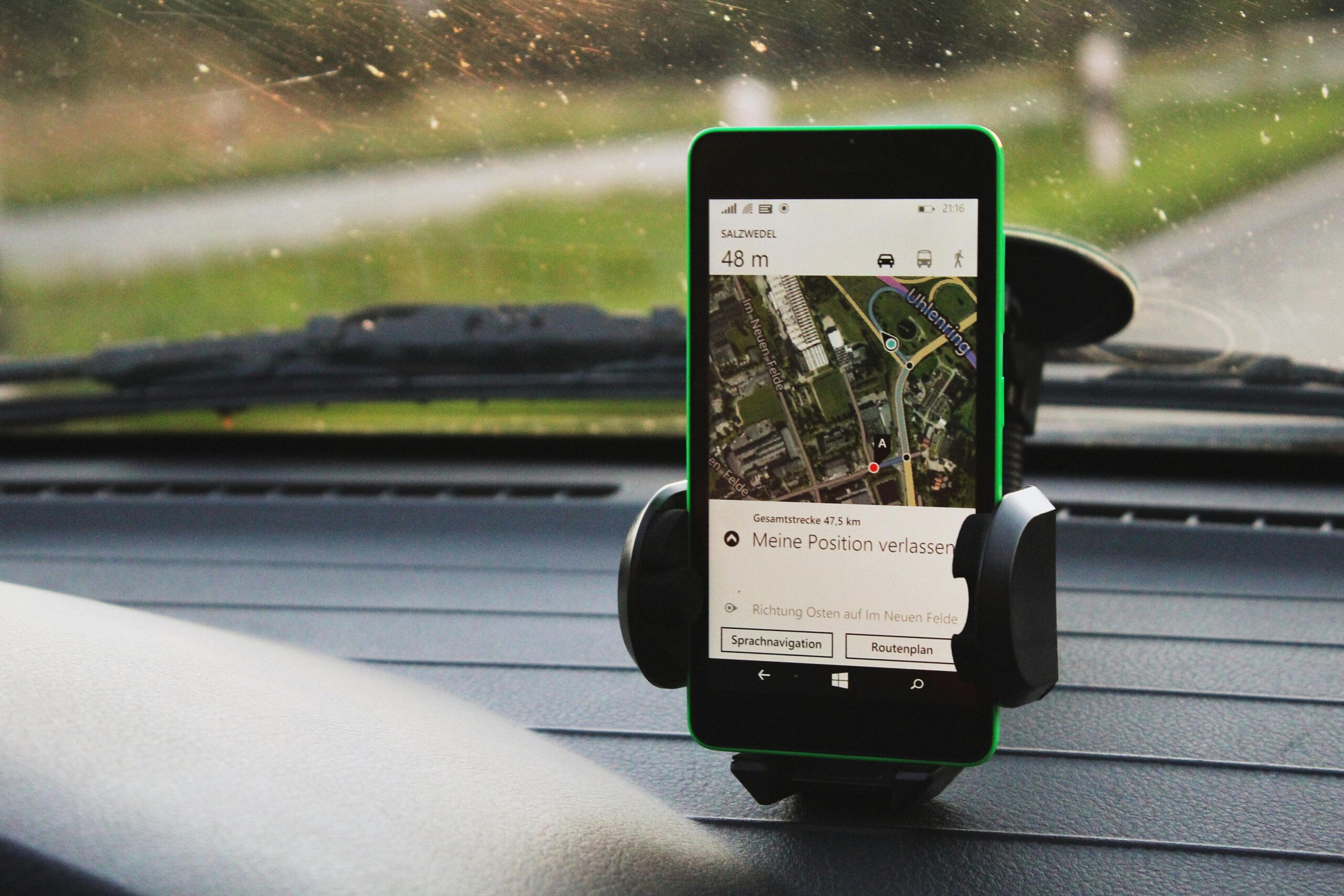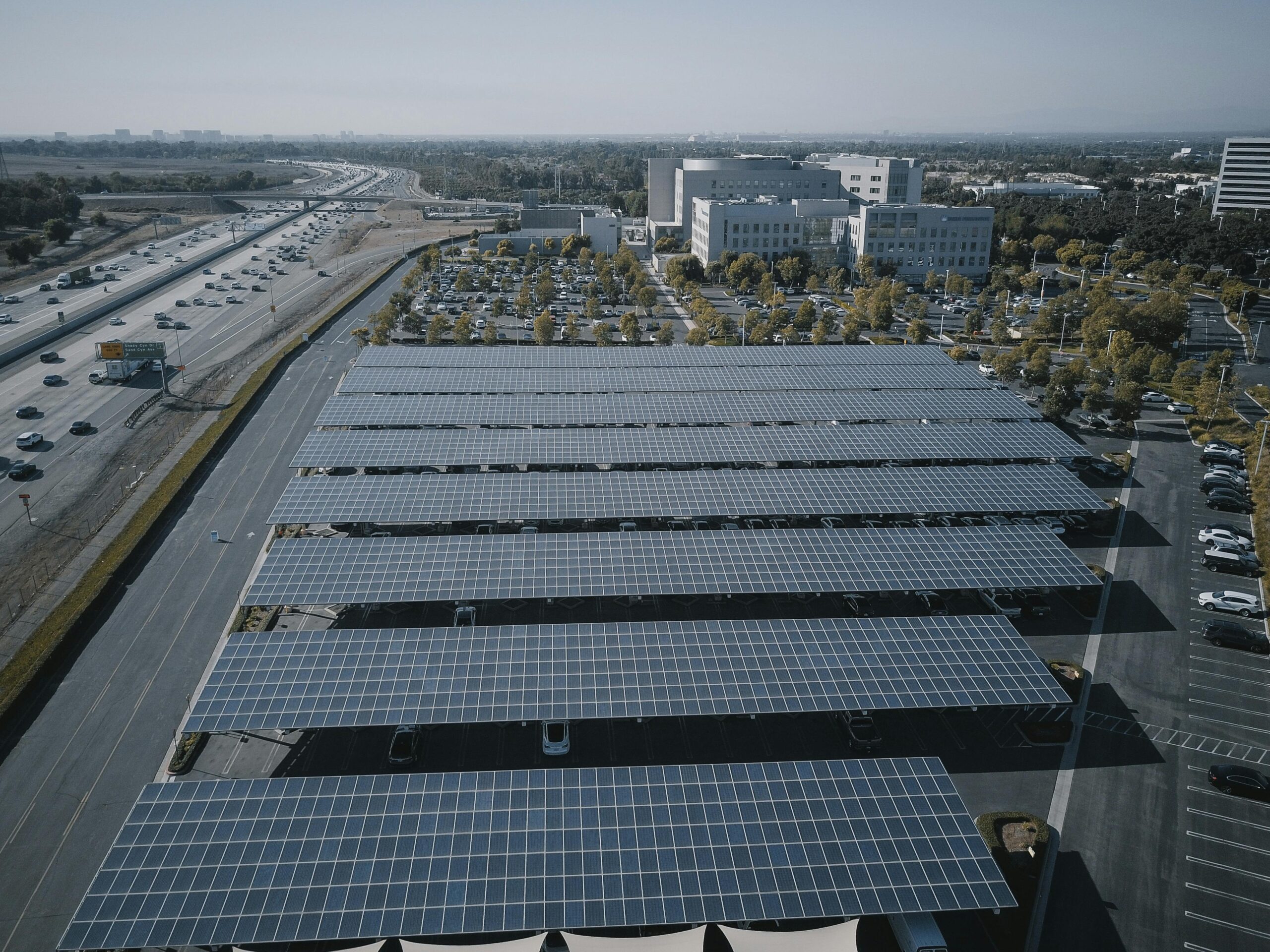Traffic congestion costs commuters valuable time, money, and peace of mind daily. Smart traffic optimization technology is transforming how we navigate our cities, offering real-time solutions that make every journey smoother and more predictable.
🚗 Understanding the Modern Traffic Challenge
The morning rush hour scene is familiar to millions worldwide: brake lights stretching endlessly ahead, frustration mounting with each passing minute, and the nagging worry about arriving late to important commitments. Urban traffic congestion has reached unprecedented levels, with the average commuter in major metropolitan areas spending over 50 hours annually stuck in traffic jams.
This isn’t just an inconvenience—it’s a significant drain on productivity, mental health, and economic resources. The cumulative cost of traffic congestion in the United States alone exceeds $160 billion annually, factoring in wasted fuel, lost time, and increased vehicle emissions. Beyond the financial impact, the psychological toll of unpredictable commutes creates chronic stress that affects overall quality of life.
Traditional traffic management systems rely on fixed timing schedules and historical data, which fail to adapt to real-time conditions. Accidents, weather events, construction zones, and special events can throw these systems into complete disarray, leaving commuters without viable alternatives or advance warning.
The Intelligence Behind Smart Traffic Optimization
Smart traffic optimization represents a paradigm shift in how cities and commuters approach transportation challenges. These systems leverage artificial intelligence, machine learning algorithms, and vast networks of sensors to create dynamic, responsive traffic management solutions that adapt to changing conditions in real-time.
At the core of smart traffic optimization is data collection from multiple sources: traffic cameras, GPS signals from vehicles, smartphone location data, road sensors, and even weather monitoring systems. This information feeds into sophisticated algorithms that analyze patterns, predict congestion before it occurs, and suggest optimal routing alternatives.
Machine learning models continuously improve their predictions by learning from historical patterns and real-time feedback. They can identify that a particular intersection becomes congested every Tuesday at 3 PM when a nearby school lets out, or recognize that rain on Friday evenings creates specific bottlenecks on certain highways.
🌟 Key Technologies Powering Your Smarter Commute
Several breakthrough technologies work in concert to revolutionize traffic management and commute optimization:
Adaptive Traffic Signal Control
Modern traffic signals equipped with smart technology can adjust their timing dynamically based on actual traffic flow. Rather than following predetermined schedules, these systems respond to real-time vehicle counts, prioritizing directions with heavier traffic and reducing wait times at intersections. Cities implementing adaptive signal control have reported traffic delay reductions of 25-40%.
Predictive Analytics and AI
Artificial intelligence systems analyze millions of data points to forecast traffic conditions minutes to hours in advance. These predictions allow commuters to make informed decisions about departure times, route selection, and even alternative transportation modes. The accuracy of these predictions continues improving as the systems process more data over time.
Connected Vehicle Technology
Vehicle-to-infrastructure (V2I) communication enables cars to receive real-time information directly from traffic management systems. This technology alerts drivers to upcoming congestion, signal timing changes, and optimal speeds to maintain traffic flow. As connected vehicles become more prevalent, the entire transportation network becomes more intelligent and responsive.
Mobile Navigation Applications
Smartphone applications have democratized access to sophisticated traffic optimization tools. These apps aggregate data from millions of users to provide crowd-sourced traffic information, alternative route suggestions, and accurate arrival time predictions. Many incorporate additional features like multi-modal transportation options, parking availability, and integration with public transit schedules.
Real-World Benefits You’ll Experience Immediately
The implementation of smart traffic optimization delivers tangible benefits that commuters notice from their very first optimized journey:
⏰ Dramatic Time Savings
Studies consistently show that commuters using smart traffic optimization tools save between 15-30% on their daily commute time. For someone with a one-hour daily commute, this translates to reclaiming 5-10 hours per week—time that can be invested in family, hobbies, exercise, or simply getting more rest.
💰 Reduced Fuel Costs and Vehicle Wear
Stop-and-go traffic is among the least fuel-efficient driving conditions. Smart routing that avoids congestion and maintains consistent speeds can improve fuel economy by 20% or more. Additionally, reducing time spent in traffic decreases wear on brakes, transmissions, and engines, extending vehicle life and reducing maintenance costs.
🧘 Lower Stress Levels
Uncertainty and unpredictability are primary sources of commute-related stress. Smart traffic optimization provides reliable arrival time estimates and proactive alerts about delays, allowing commuters to plan accordingly. This predictability significantly reduces anxiety and improves overall mental well-being.
🌍 Environmental Impact
Vehicles idling in traffic produce disproportionate amounts of emissions compared to steady-speed driving. By optimizing traffic flow and reducing congestion, smart systems contribute to improved air quality and reduced carbon footprints. Cities implementing comprehensive smart traffic systems report emission reductions of 10-20% in high-traffic areas.
How to Start Optimizing Your Commute Today
You don’t need to wait for your entire city to implement comprehensive smart traffic infrastructure to benefit from these technologies. Here’s how to begin revolutionizing your commute immediately:
Choose the Right Navigation Tools
Download and test multiple traffic navigation applications to find which works best for your specific routes and preferences. Different apps excel in different areas—some provide superior real-time updates, while others offer better alternative route suggestions or integrate more seamlessly with public transportation options.
Configure your chosen apps to learn your common destinations and typical commute times. Most applications use this information to send proactive notifications if your usual route shows unusual congestion, giving you time to adjust your departure or route before you leave.
Enable Location Services and Notifications
While privacy concerns are valid, traffic optimization tools require location access to provide personalized, accurate guidance. Review privacy policies and adjust settings to balance functionality with your comfort level. Enable notifications so you receive timely alerts about traffic conditions, alternative routes, and optimal departure times.
Explore Multi-Modal Options
The most optimized commute might not always involve driving. Modern navigation apps increasingly incorporate public transportation, bike-sharing, ride-sharing, and walking into their route suggestions. Stay open to alternatives, especially for recurring trips where you can establish new routines.
Plan Flexible Departure Times
When possible, use traffic prediction features to identify optimal departure windows. Leaving 15 minutes earlier or later than your usual time might mean the difference between a frustrating crawl through congestion and a smooth journey on open roads.
🏙️ The Future of Urban Mobility
Smart traffic optimization is evolving rapidly, with emerging technologies promising even more dramatic improvements in coming years:
Autonomous Vehicle Integration
Self-driving vehicles will communicate with traffic management systems and each other to optimize flow at scales impossible with human drivers. Autonomous cars can maintain optimal spacing, merge efficiently, and coordinate movements at intersections without traffic signals, potentially increasing road capacity by 200-300%.
Mobility-as-a-Service Platforms
Integrated platforms will combine all transportation options—personal vehicles, public transit, ride-sharing, bike-sharing, and micro-mobility—into seamless journeys optimized for time, cost, or environmental impact based on user preferences. Your morning commute might involve driving to a transit hub, taking express rail downtown, and using an electric scooter for the last mile, all coordinated through a single app.
Predictive Demand Management
Advanced AI systems will predict transportation demand patterns and proactively adjust capacity, pricing, and routing before congestion develops. Dynamic toll pricing, adaptive transit scheduling, and intelligent parking management will all work together to distribute traffic more evenly across time and space.
Infrastructure Intelligence
Smart roads equipped with embedded sensors, dynamic lane assignments, and vehicle charging capabilities will actively participate in traffic optimization. Highway lanes might reconfigure for different directions based on real-time demand, and road surfaces could communicate grip conditions directly to vehicles.
Overcoming Common Obstacles and Concerns
Despite clear benefits, some commuters hesitate to adopt smart traffic optimization tools. Addressing these concerns helps maximize adoption and collective benefits:
Privacy and Data Security
Concerns about location tracking and data collection are legitimate. Choose reputable providers with transparent privacy policies, review permission settings regularly, and understand that anonymized, aggregated data powers these systems—your individual movements aren’t being monitored or stored indefinitely. Many applications offer privacy modes that limit data collection while still providing core functionality.
Technology Learning Curve
While sophisticated in backend operations, modern traffic optimization apps are designed for intuitive use. Most require minimal setup and quickly learn your preferences. Start with basic features and gradually explore advanced options as you become comfortable. The time investment in learning these tools pays dividends quickly through improved daily commutes.
Reliability During Technical Issues
No technology is perfect, and navigation systems occasionally provide suboptimal suggestions or experience outages. Maintain basic navigation skills and awareness of alternative routes. Most experienced users find that even with occasional errors, smart navigation tools improve their commutes the vast majority of the time.
💡 Making Smart Traffic Work for Your Community
Individual adoption of smart traffic optimization creates benefits that compound at the community level. As more commuters use these tools, the data quality improves, predictions become more accurate, and the entire transportation network operates more efficiently.
Advocate for smart traffic infrastructure in your community by engaging with local transportation authorities and city planning departments. Many municipalities are eager to implement these systems but need to demonstrate public support to justify investments. Attend town halls, participate in transportation surveys, and communicate the benefits you’ve experienced.
Share your experiences with colleagues, friends, and neighbors who might not be aware of these tools. Sometimes a personal recommendation and demonstration is what someone needs to make the switch from frustrating traditional commutes to optimized, stress-free travel.
Measuring Your Commute Transformation
Track the improvements in your commute to quantify benefits and stay motivated to maintain optimal practices. Many navigation apps provide statistics on time saved, fuel efficiency, and miles driven. After a month of using smart traffic optimization, compare your results against previous commuting patterns.
Consider keeping a simple commute journal noting departure times, arrival times, stress levels, and any notable incidents. This qualitative data complements quantitative metrics and helps identify patterns that purely numerical data might miss.
Calculate your time savings in terms that resonate personally—hours reclaimed for family dinners, morning exercise sessions, or simply sleeping better. Translate fuel savings into concrete purchases or savings goals. Making these benefits tangible reinforces the value of maintaining your optimized commute strategies.

🚀 Your Journey to Stress-Free Commuting Starts Now
The revolution in smart traffic optimization isn’t coming—it’s already here, available to anyone with a smartphone and willingness to embrace new approaches to daily travel. The technology exists today to dramatically reduce the time you spend commuting, lower your transportation costs, and eliminate much of the stress associated with navigating congested roads.
By adopting smart traffic optimization tools and strategies, you’re not just improving your own commute—you’re contributing to a more efficient, sustainable, and livable urban environment for everyone. Every optimized trip reduces overall congestion, improves air quality, and demonstrates the viability of intelligent transportation systems.
The difference between arriving home frustrated after a grueling commute and walking through your door relaxed with time to spare often comes down to the simple decision to leverage the sophisticated traffic optimization tools at your fingertips. Start small, experiment with different approaches, and discover how technology can transform one of the most stressful parts of modern life into a predictable, manageable aspect of your daily routine.
Your commute doesn’t have to be something you endure—with smart traffic optimization, it becomes something you control. The game has changed, and the tools for efficient, stress-free travel are ready for you to use. All that remains is taking that first step toward revolutionizing how you move through your city.
Toni Santos is an urban innovation writer and researcher dedicated to exploring how technology, sustainability, and design are reshaping the cities of tomorrow. With a deep interest in smart infrastructure and human-centered development, Toni studies how data-driven systems and green technologies can create more livable, resilient, and efficient urban environments. Fascinated by sustainable architecture, IoT integration, and next-generation mobility, Toni’s work connects environmental awareness with digital transformation. Through research and storytelling, he examines how intelligent planning and renewable innovation can redefine the relationship between people and their cities. Blending urban design, environmental science, and systems thinking, Toni documents the breakthroughs that are reimagining how we build, move, and coexist. His work highlights the architects, engineers, and technologists leading the charge toward smarter, greener futures. His work is a tribute to: Green architecture as the foundation for sustainable living IoT innovation shaping the infrastructure of connected cities Mobility systems and renewable energy driving urban transformation Whether you’re an architect, engineer, or city planner, Toni Santos invites you to explore the technologies and ideas building the smart, sustainable cities of the future — one street, one system, one vision at a time.




